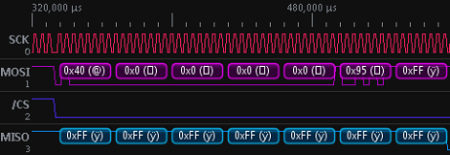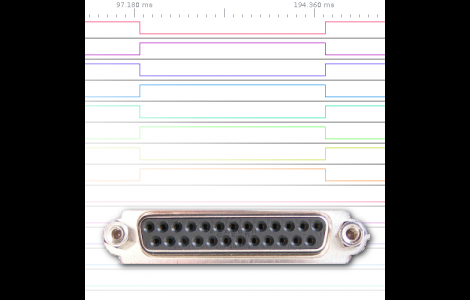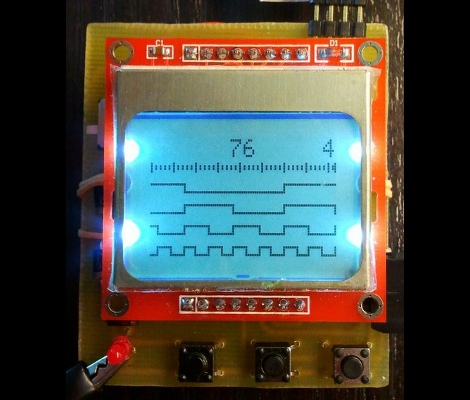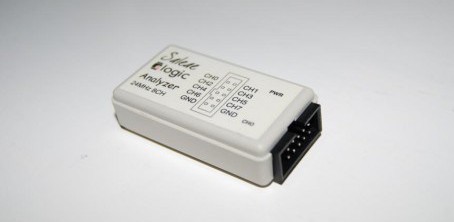
[Gabriel Anzziani] has just unleashed a newer, more convenient version of his Xprotolab portable oscilloscope, logic analyzer, and function generator. It’s up on Kickstarter, and the price is actually very nice for a tool of this caliber.
We first saw the Xprotolab early last year and ran into [Gabriel] at this year’s World Maker Faire in New York. On both occasions we were impressed with the size and capability of this very, very small OLED-display oscilloscope and general breadboarding Swiss army knife.
The Xprotolab features a two-channel, 200 kHz oscilloscope, 8-input logic analyzer, and an arbitrary waveform generator that should be good enough for all your breadboarding adventures. On top of that, the Xprotolab can sniff SPI, I2C, and UART protocols, and even has a small spectrum analyzer tucked away in a device small enough to lose in your pocket.
The updated-for-Kickstarter Xprotolab features an enclosure with a LiPo battery good for 12 hours of use per charge. Sure, it’s not a bench full of old HP and Tektronix gear, but for the budding maker, this seems like a very useful tool indeed.














